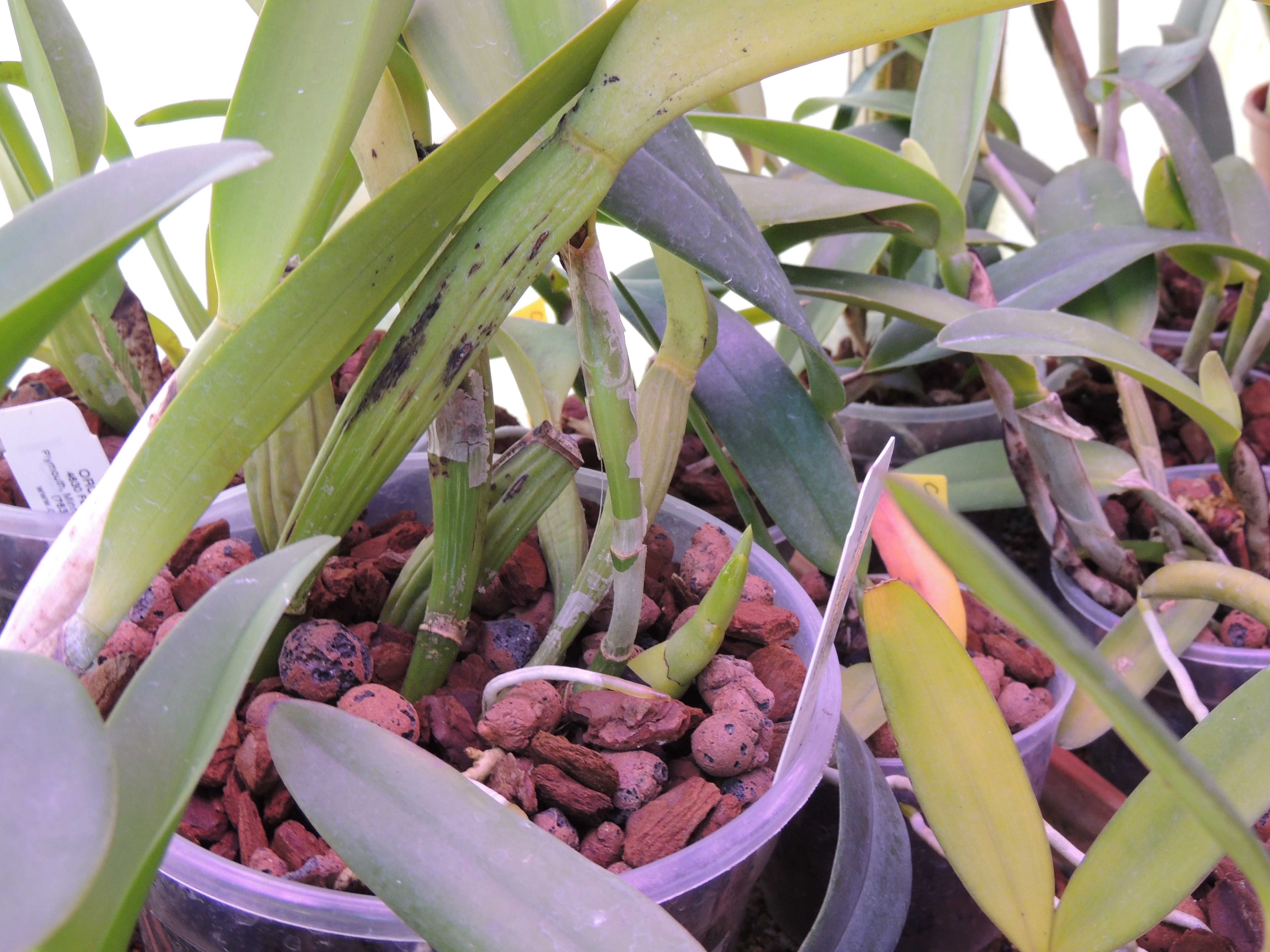- Joined
- Dec 16, 2009
- Messages
- 3,755
- Reaction score
- 4,023
I don't now how, but obviously works. I red Rick's article carefully and modified a little: I use weaker cc K-lite but with every waterings ( about 100 ppm total).
As you can see, main effect is excessive root forming, only one side effect appearing algees, but harmless.
Anitum:
I got it 9 months ago, only suffered till this timme. Now I noticed not only new root forming but a new growth emerges at base!
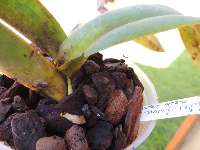
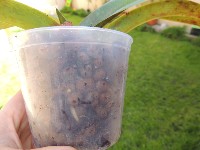
Intaniae:
I got it with that anitum, now it produced a nice new growth with roots.
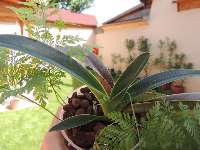
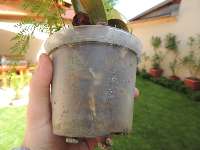
Violascens:
hard to grow and keep it alive, roots are extremely sensitive and die quickly. I got it 6 months ago, when I started to use K-lite, established with nice new roots.
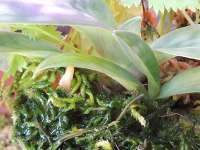
Vittatum:
I got it about 15 months ago, almost died, someone said that if I had a real vittatum, I will realize it, because it will die within few months. Now you can see it produced very nice, shiny leaves with characteristic yellow stripes, and I ccould take pic olny in its place because I couldn't remove ( roots grow into seramis)
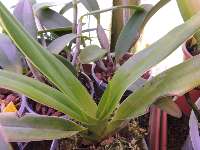
Effects on catts:
Someone said that K-lite won't work at catts, because they are faster in growing so there would be K-deficiency symptoms on catts. I can't see that, only see, that my aurea is in sheath, it happened 2 years ago, as I can remember.Trianaei alba has 3 new growths, rosita has very large dormant( I mean waking) eye.
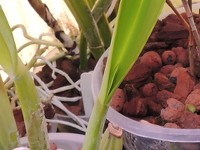
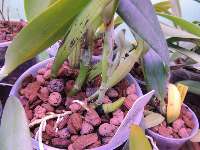
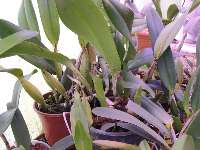
As you can see, main effect is excessive root forming, only one side effect appearing algees, but harmless.
Anitum:
I got it 9 months ago, only suffered till this timme. Now I noticed not only new root forming but a new growth emerges at base!


Intaniae:
I got it with that anitum, now it produced a nice new growth with roots.


Violascens:
hard to grow and keep it alive, roots are extremely sensitive and die quickly. I got it 6 months ago, when I started to use K-lite, established with nice new roots.

Vittatum:
I got it about 15 months ago, almost died, someone said that if I had a real vittatum, I will realize it, because it will die within few months. Now you can see it produced very nice, shiny leaves with characteristic yellow stripes, and I ccould take pic olny in its place because I couldn't remove ( roots grow into seramis)

Effects on catts:
Someone said that K-lite won't work at catts, because they are faster in growing so there would be K-deficiency symptoms on catts. I can't see that, only see, that my aurea is in sheath, it happened 2 years ago, as I can remember.Trianaei alba has 3 new growths, rosita has very large dormant( I mean waking) eye.







